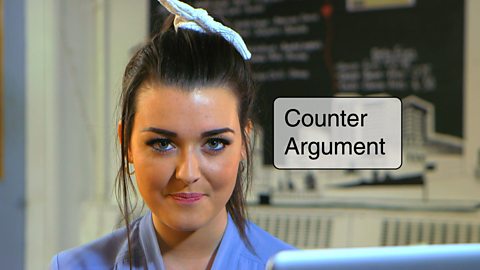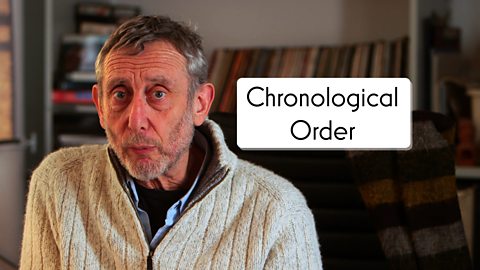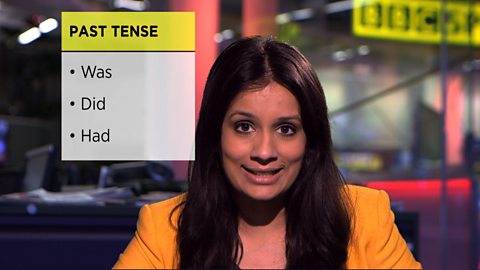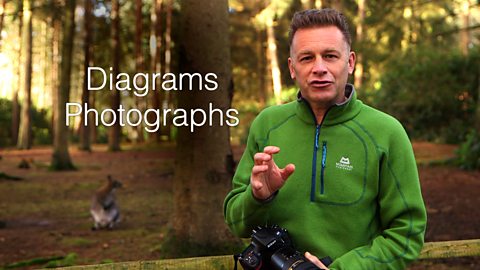Video summary
Newsround presenter Leah Boleto explains how discursive writing requires an understanding of the difference between facts and opinions, and how to use connecting phrases and statistics.
Leah outlines how to research in different ways to find supporting evidence, such as statistics, which will justify your arguments.
She also demonstrates how to summarise information and write a closing statement.
This short film is from the ôÕÑ¿èÓ series, The Facts About Non-Fiction.
Teacher Notes
Ask pupils as a group to come up with arguments ãforã and ãagainstã wearing a school uniform.
They can then watch this short film and check if they predicted the same reasons as Leah.
Set them the challenge of writing their own discussion piece on a topic using all the techniques outlined by Leah.
You could also use the detailed explanation of writing in the 1st, 2nd and 3rd person as part of a grammar lesson about pronouns.
This short film will be relevant for teaching English at KS1 and KS2 in England, Wales and Northern Ireland and 1st and 2nd Level in Scotland.
How to write clear instructions. video
Stefan Gates explains how writing a set of instructions requires use of simple, precise language, and an understanding of chronological order and imperative verbs.

How to write a persuasive text. video
Actors Shannon Flynn and Richard Wisker talk about using emotive language, the difference between facts and opinions, and how to use evidence to support persuasive writing.

How to write a recount. video
Michael Rosen explains how writing a recount requires an understanding of chronological order or sequencing, and how to structure a piece of writing.

How to write a non-chronological report. video
ôÕÑ¿èÓ journalist Sonali Shah explains how writing non-chronological reports requires an understanding of the planning, writing and drafting process.

How to write an explanation. video
Chris Packham explains how writing an explanation requires an understanding of chronological order or sequencing, how to use technical language and how to write succinctly.
